So you’ve gotten hold of some cannabis seeds and want to make sure they all pop? Seeds are expensive and having them all germinate is achievable, provided they were bred and stored correctly. There are various methods of germination that different cultivators will swear by, from pre soak solutions to the type of medium used.
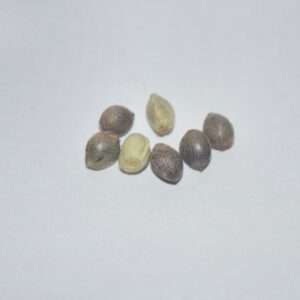
General Requirements for Germination
Consider a seed falling off a tree in winter. By the time spring comes around the seed may be slightly covered in a light soil, temperatures have risen and rains are starting to fall. These are the basics conditions for a seed to germinate; warmth, water, air and some sort of darkness or cover.
The Seed Soak Germination
This is a part of germination where the seed is soaked for a period of time. Soaking can be in anything from distilled or RO water, to some form of special solution. Solutions can vary from beneficial microbial inoculation or a solution of hydrogen peroxide. The time a seed is soaked can vary from a few minutes to hours or even a day. The soft seed is then carefully transplanted to the growing medium of choice to sprout and grow. It should be noted that seeds can drown and we wouldn’t advise submerging seeds for more than 24 hours.
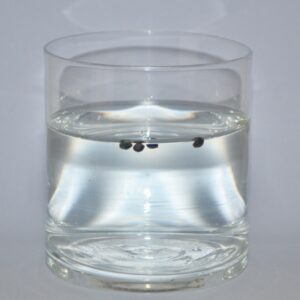
Hydrogen Peroxide Solution
Hydrogen peroxide is used to sterilize the outer shell of the seed and increase oxygen levels around it. Oxygen is important for gemination and is not uncommon for cultivators to rinse seeds in a weak solution for up to 30 minutes. Add 3ml of 50% hydrogen peroxide to 250ml of water for this method of soaking. Be sure to rinse the seeds well with clean water after soaking. Microbial life of all kinds won’t survive this method, whether it be unwanted fungi spores and bacteria or beneficial microbes.
Beneficial Microbe Solution
An alternative solution is dechlorinated water and beneficial microbes. The seed is then placed in the solution for anything from 30 minutes to a couple of hours. Beneficial organisms fight any “bad guys” around and coat the seed with “good guys.” The microbes will colonize the seedling’s root zone creating a symbiotic relationship between them. Rinsing with clean water afterwards is not necessary.
Paper Towel “Soak”
Many did it at school with paper towels or cotton wool. Seeds are placed in-between soft, water retaining materials in a warm place until a tap root is seen. Paper towels and cotton wool can dry out quickly so check on the moisture content regularly.
Once the tap root reveals itself, gently transfer it to a growing medium or starter plug. Place the sprouted seed tap root down and cover lightly. When transplanting seeds, minimize exposing the root to the elements especially sunlight. Sterilize all tools used and be sure not to break the tap root during transplant, as that can happen too.
Starter Plug Germination
Starter plugs range from rock wool to peat pellets and natural sponges of different kinds. What’s important to note is not to mix your mediums. For example, don’t germinate seeds in rock wool when planning a coco peat finish. A peat pellet or natural sponge would be better suited. For a sterile or inoculated plug to germinate in, add either peroxide or microbes to the water used to soak or expand with.
Rock Wool
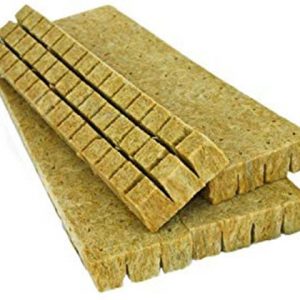
An old favourite able to hold both air and water well. Produced by the heating of basalt rock and calcium and spun into a sheet. Rock wool naturally has a high pH of 8 and should be soaked in water with a pH of 5.5 – 6 for 30 minutes. Shake excess water off and place the seeds in the designated hole. Pinch the hole closed and place the rock wool in a warm area. Keep the rock wool plug moist but not overly soaked.
Peat Pellet
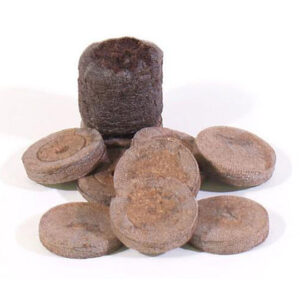
Popular in recent years the coco peat pellet is expanded with water and surrounded by a soft material with an opening at the top. It’s pH is naturally around 5.5 but any water or solution used to expand the pellet should also be 5.5. Place the seed gently 1cm to 5mm inside the pellet and cover lightly. Make sure the pellet stays moist but not soaked, allowing for water to drain off.
Natural Sponges
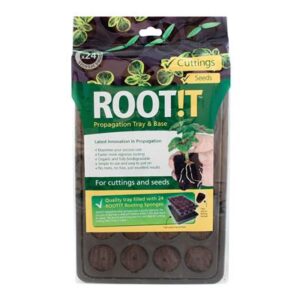
A sponge shaped like rock wool but made from organic materials like coco peat. When produced, they are pH ready at around 5.5 and in some cases when sold in packs, are already sufficiently soaked too. Like above, place the seed gently inside and place in a warm area making sure they stay moist.
Direct Sowing Germination
You may want to sow your seed directly in the ground in the garden. For that, choose the sunniest spot with a bit of space around as cannabis can get big outdoors. You can soak your seed like above or just get it in there by placing it 5mm – 1cm deep in loosened soil. Keep the area moist and protected, even covered with something clear if preferred.
Cannabis plants become sexually mature and ready to flower from around 6-8 weeks strain depending. This allows for seeds to be planted from spring though to mid-late summer, the longer you wait though, the smaller the yield. Plant your seed in mid spring for vigorous growth during the summer months and a big harvest come autumn.
Conclusion
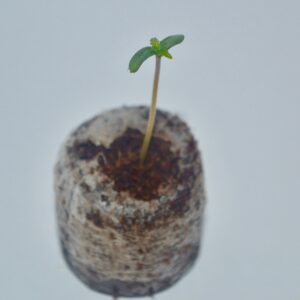
These are a few of the basic methods used to germinate cannabis seeds although the options are endless. Each method will vary in the time it takes for the seed to break ground, anything from a day or two, to two weeks outdoors with direct sowing. Starting off in the same fashion as vegetable seeds in seed trays are also options for germinating cannabis seeds.
Here are a few more tips for germinating cannabis seed:
If using a propagation dome or some sort of closed environment to increase humidity, the air should be changed daily.
The use of heat mats can greatly increase germination rates, the right temperature can make all the difference.
Don’t add any nutrients to your solution or water used for germination.

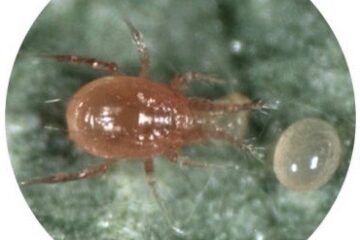
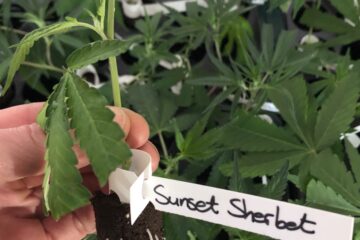
1 Comment
Cultivate Cannabis For The First Time - A How To - Happy Harvest · Feb 23, 2022 at 7:43 am
[…] More on germinating cannabis here. […]